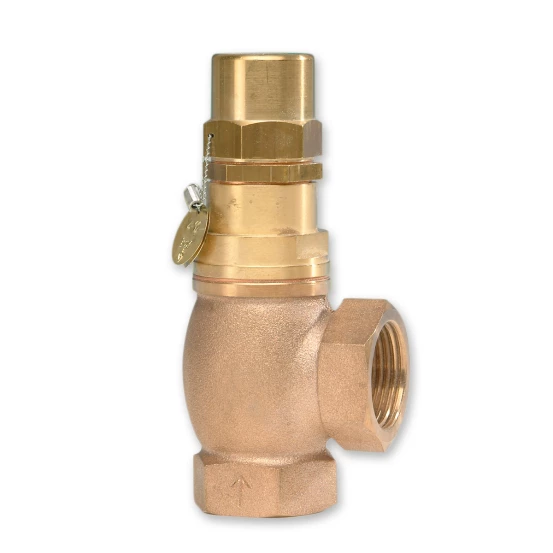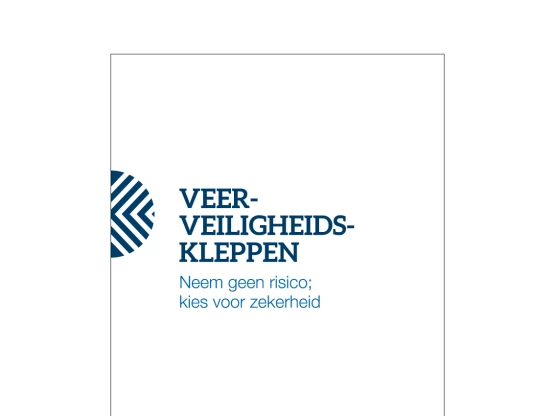
|
Rotterdam
KLINGER The NetherlandsNikkelstraat 2 3067 GR Rotterdam
Elsloo
KLINGER Service Center LimburgBusiness Park Stein 208A 6181 MB Elsloo
Velsen-Noord
KLINGER The NetherlandsRooswijkweg 200 1951 MD Velsen-Noord
Moordrecht
Hadro TechnologySouth Lane 351 2841 MD Moordrecht |
Safety valves
Safety relief valves are crucial for protecting plants from overpressure and the associated damage. They provide a safe working environment and ensure the reliable operation of your systems.
Choosing the right Safety relief valve requires specialist knowledge, paying attention to:
" Working pressure and setting pressure - For reliable protection within safe limits.
" Medium compatibility- To prevent wear and corrosion.
" Temperature and flow requirements - For efficient operation under all conditions.
At KLINGER , we offer high-quality solutions that comply with the most stringent standards, such as the Pressure Equipment Directive (PED) and EN ISO 4126. With our technical expertise and innovative products, we help you make the right choice, fully tailored to your specific needs.
Additional information
Frequently asked questions (FAQ)
For more information about our pressure reducing devices, temperature regulators, and safety valves, please contact us at:




